Out of all proportion?
Bob Rau in Australia has posted a comment expressing his amazement that amongst all the scientific data, one figure can be extracted and blown up out of all proportion.
I agree with you to some extent Bob, but I think there’s method in it. Of course we have a right to expect something like the IPCC report to be extremely well checked and checked again, but I also think there are people who seek out things like this, not necessarily in the interests of scientific accuracy, but because they want to encourage climate scepticism. It’s certainly a mistake that shouldn’t happen and has done a lot of damage in terms of the climate scientists’s credibility, but I agree it should not be allowed to throw a question mark over all the data.
My colleague Nathan Witkop recorded an interview with the IPCC lead author Adil Najam, as mentioned in a previous entry, for this week’s edition of Living Planet. By tonight (Thursday) or Friday morning, both European time, it should be available to listen or download. Highly recommendable.
Living Planet Environment Magazine (weekly)
Arctic Chukchi Sea – to drill or not to drill?

I’ll never forget the beauty, the silence and the wonder of stepping out on the frozen Arctic waters of the Chukchi Sea in Barrow, Alaska.

Ice Blog Archive Alaska 2008
Nor will I forget the tales of the Inupiat people of the changes to the ice and the consequences for wildlife, like polar bears and whales.
On the same trip, I visited Prince William Sound. That site of great natural beauty was also the location of the Exxon Valdez disaster, just over 20 years ago. At first sight, you don’t notice that, but underneath some of the rocks you find traces of oil, which takes a long, long time to break down in the cold Arctic waters.
So it’s with some concern that I follow the controversy over plans by Royal Dutch Shell to drill for billions of barrels of oil in the Chukchi Sea this year. The sea lies between Alaska and Siberia and is thought to hold large quantities of oil and gas.
The US authorities conditionally approved the plans to drill three exploratory wells in December 2009. The decision was delayed on the grounds that the area is a prime habitat for polar bears, now recognized by US law as a threatened species.
Now indigenous and conservationist groups are suing to stop the project.
Concern from the Northern Alaska Environmental Centre
The oil industry has a strong position in Alaska. It provides around 40% of the state’s tax revenue and provides a lot of funding for the University of Alaska. Shell says it is working to improve its environmental impact. But the environment lobby is not happy that enough is known about the potential impacts of further drilling and the changes being brought by climate change. With the race to get at the Arctic’s natural resources speeding up as the region warms – more than twice as fast as the rest of the planet – the risk of development without adequate research on environmental impacts seems to me to be increasing all the time.
“Shell comes under attack in Alaska” – in THE GUARDIAN
Faulty figures but glaciers still melting fast

(Aerial view, Greenland 2009)
The latest report by the World Glacier Monitoring Service says glaciers around the world are melting so fast that many will disappear by the middle of this century.
The organisation’s results come from monitoring in nine mountain ranges on four continents.
Unfortunately, quite a few people will probably be sceptical about the news after the revelation that a figure in the 2007 IPCC report warning of a “very high” risk that Himalayan glaciers could disappear by 2035 was false. This mistake has done a huge amount of damage. It has shaken people’s trust in the reliability of the scientific monitoring and peer reviewing process and provided more ammunition for the “climate sceptics”.
I had the chance to talk to one of the IPCC lead authors, Professor Adil Najam, born in Pakistan, now Professor at Boston University. He was taken by surprise when the mistake was revealed while he was on a lecture tour in Germany.
I’d like to quote him on this issue here:
It’s a bad mistake and a matter of serious concern, he says, because it questions climate and shakes people’s confidence in science. Coming from South Asia, Pakistan, which depend on the glaciers of the Himalaysa for their existence, the Professor says, “I am happy they were wrong… But science and the IPCC need to be much more careful, because climate science is happening in the public view.” He says allowing scientific details to dominate the headlines is detracting attention from the necessary process of accepting climate change is happening and pushing political action to help countries adapt.
There was apparently a kind of “Chinese whispers” game approach to the communication of the worrying Himalayan figure. It was quoted by a journalist, who had interviewed an expert (who says he was misquoted), and WWF, an organisation I normally respect for their thoroughness and professionality, took it over from there, and then it found its way into the report.
Let me quote Prof. Najam again: “The IPCC needs to be more rigorous. But one mistake should not sully all the very clear data”. This is the crux of the matter. Mistakes happen. This was not a deliberate exaggeration but an “honest mistake”, the Professor says. And he is convinced the data we have is worrying enough without anyone having to exaggerate anything.
The World Glacier Monitoring figures would seem to confirm that. The most vulnerable glaciers are not in the Himalayas but lower mountain ranges like the Alps or the Pyrenees in Europe, in Africa, parts of the Andes in South and Central America, and the Rockies in North America.
The WGMS figures show glacier melting is less extreme than in the last couple of years, but that the important 10-year trend show an unbroken acceleration in melting.
Somehow this has not made as many headlines as the IPCC mistake.
Copenhagen, Bonn, Mexico
Well, they didn’t do it. The EU is sticking to its 20% by 2020 figure. They could do 30%, but only will if others take more action. So much for being a leader.
UN climate chief Yvo de Boer held his first press conference since Copenhagen this week. It can’t be easy to keep going in the face of the Copenhagen fiasco. Of course he has to try to stay optimistic about the process continuing in Bonn this summer and Mexico towards the end of the year. But bearing in mind the US administration is in a even more difficult position after losing the Senate majority it will need to pass a climate bill, it’s hard to see where the impetus is going to come from.
Follow the leader?
The question is who is the leader, in the crusade to avert a climate catastrophe? (I know, sounds a bit melodramatic, but…)
Today WWF is calling on the EU to push ahead and set a firm goal of a 30% reduction by 2020 instead of 20%. (There is a meeting of EU reps in Brussels to discuss this on Wednesday).
WWF says this would give the EU the leading position it seeks. If it sticks to its position of only going up from 20 to 30% if other countries also make some concessions, the leadership claim would have to lie elsewhere, says WWF. Seems logical.
On the “climate change calendar”, January 31st is an interesting deadline. The agreement drawn up in Copenhagen includes a list where countries are supposed to enter their planned emissions reduction targets by that date.
Don’t get your hopes up too much – but it’s a date to watch.








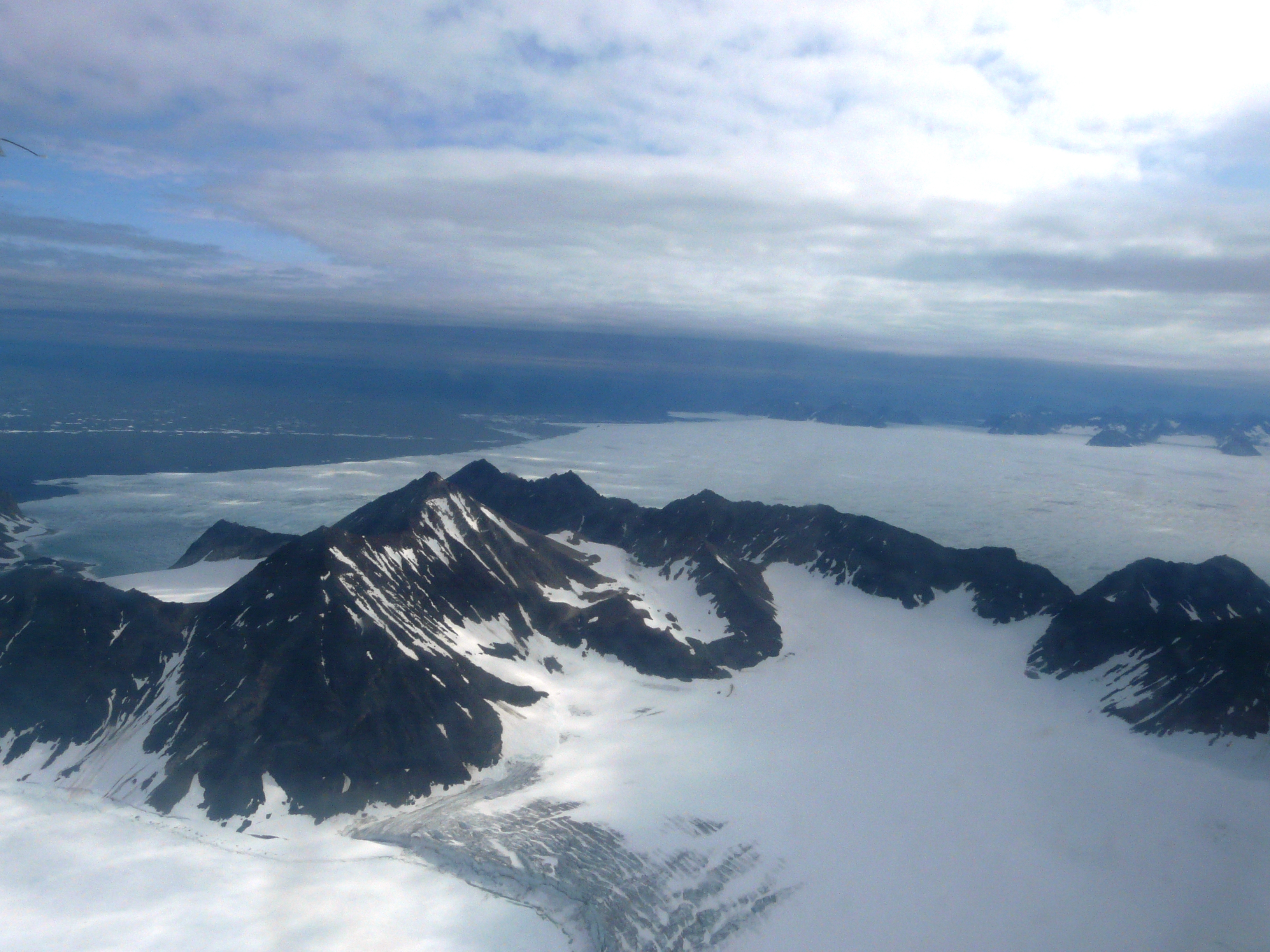
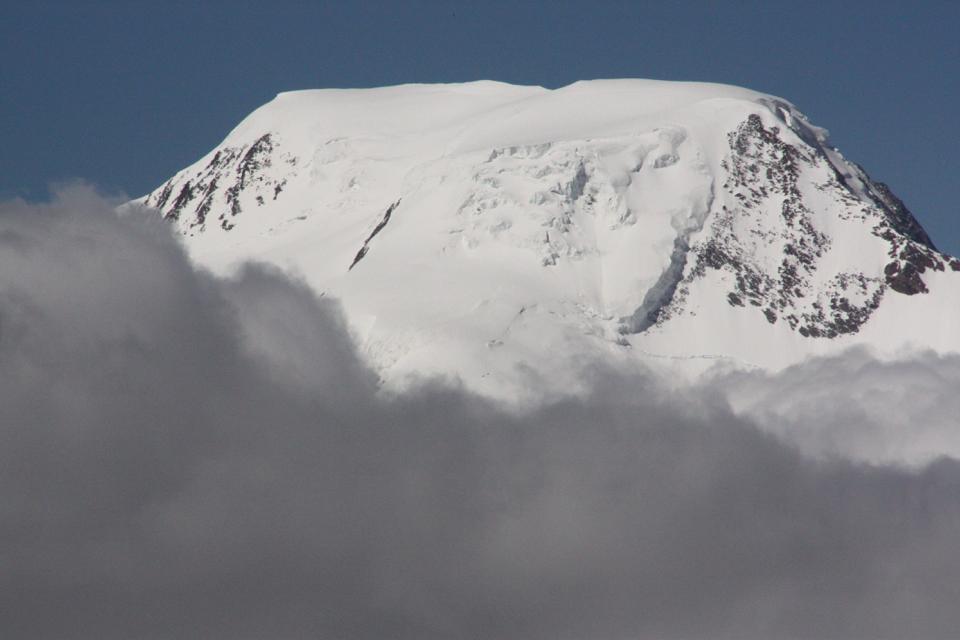
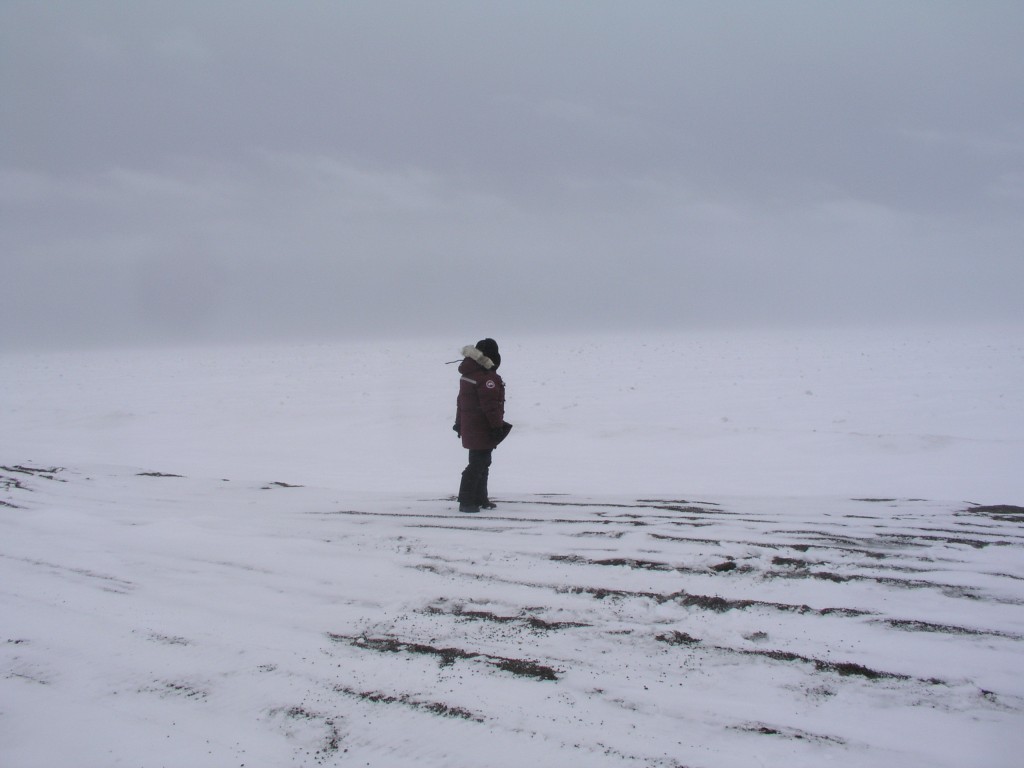
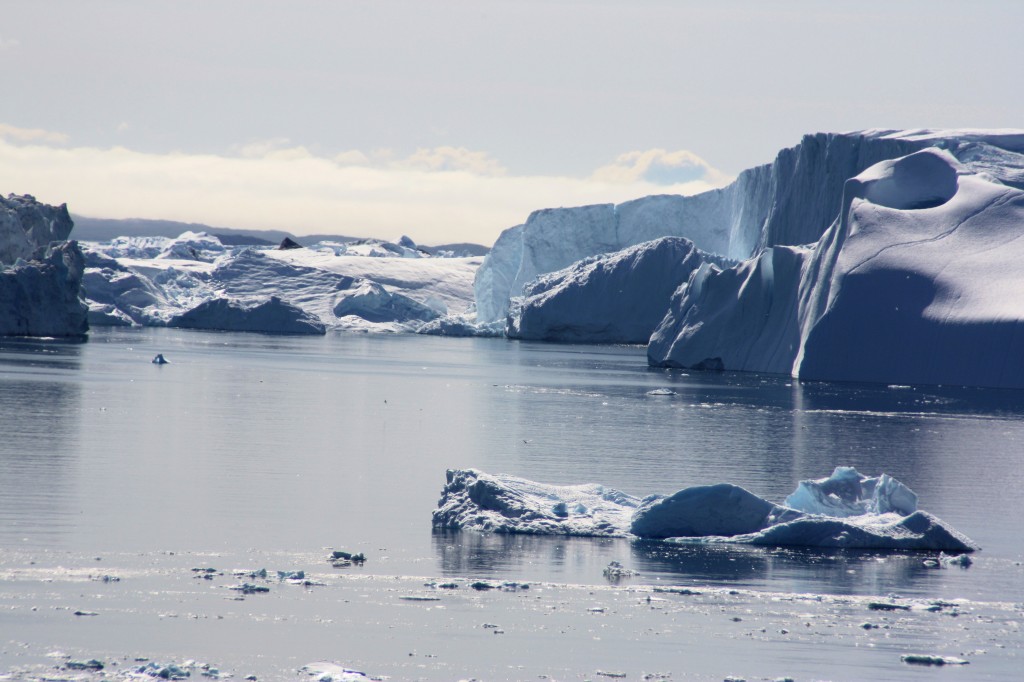
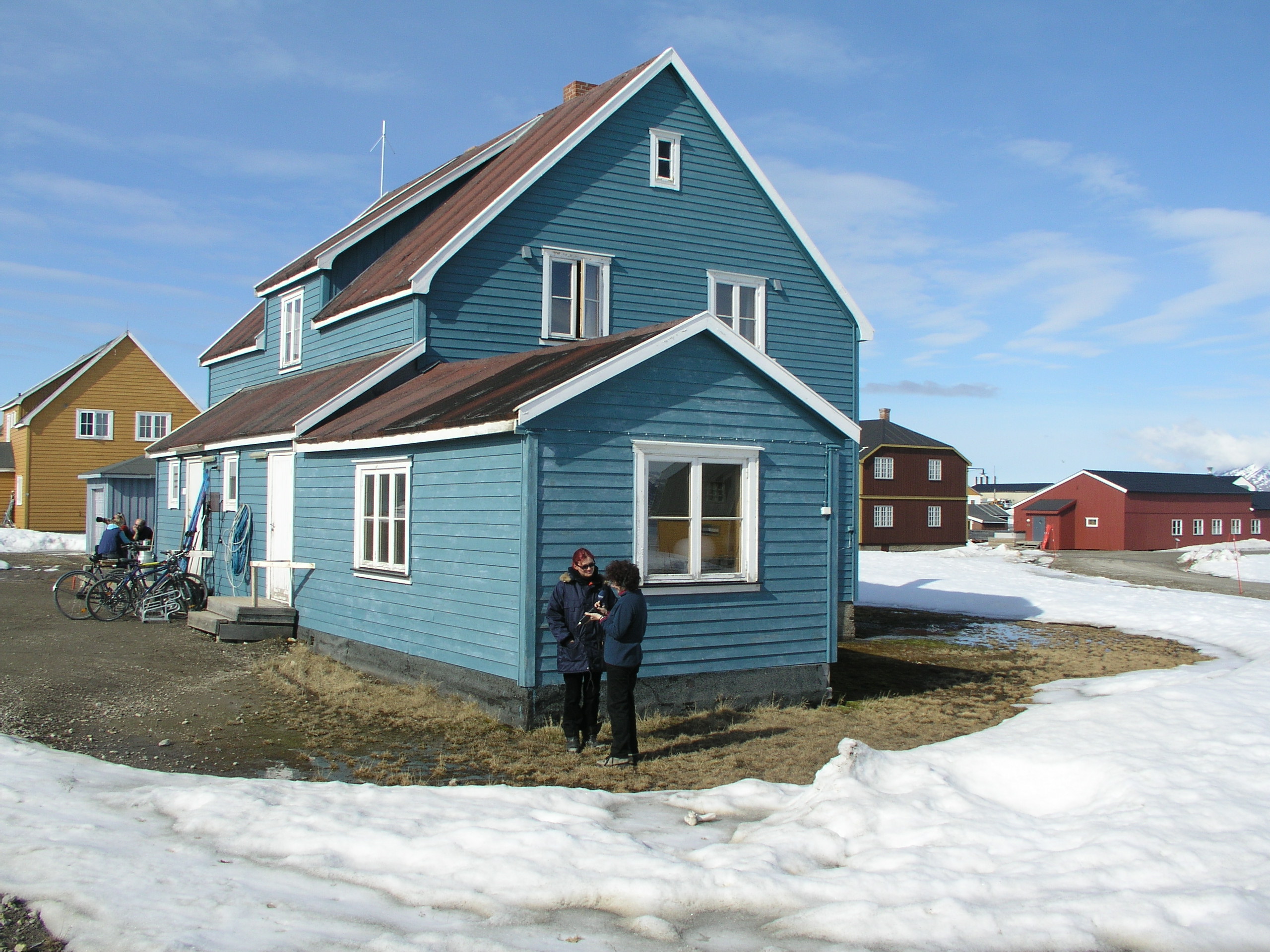
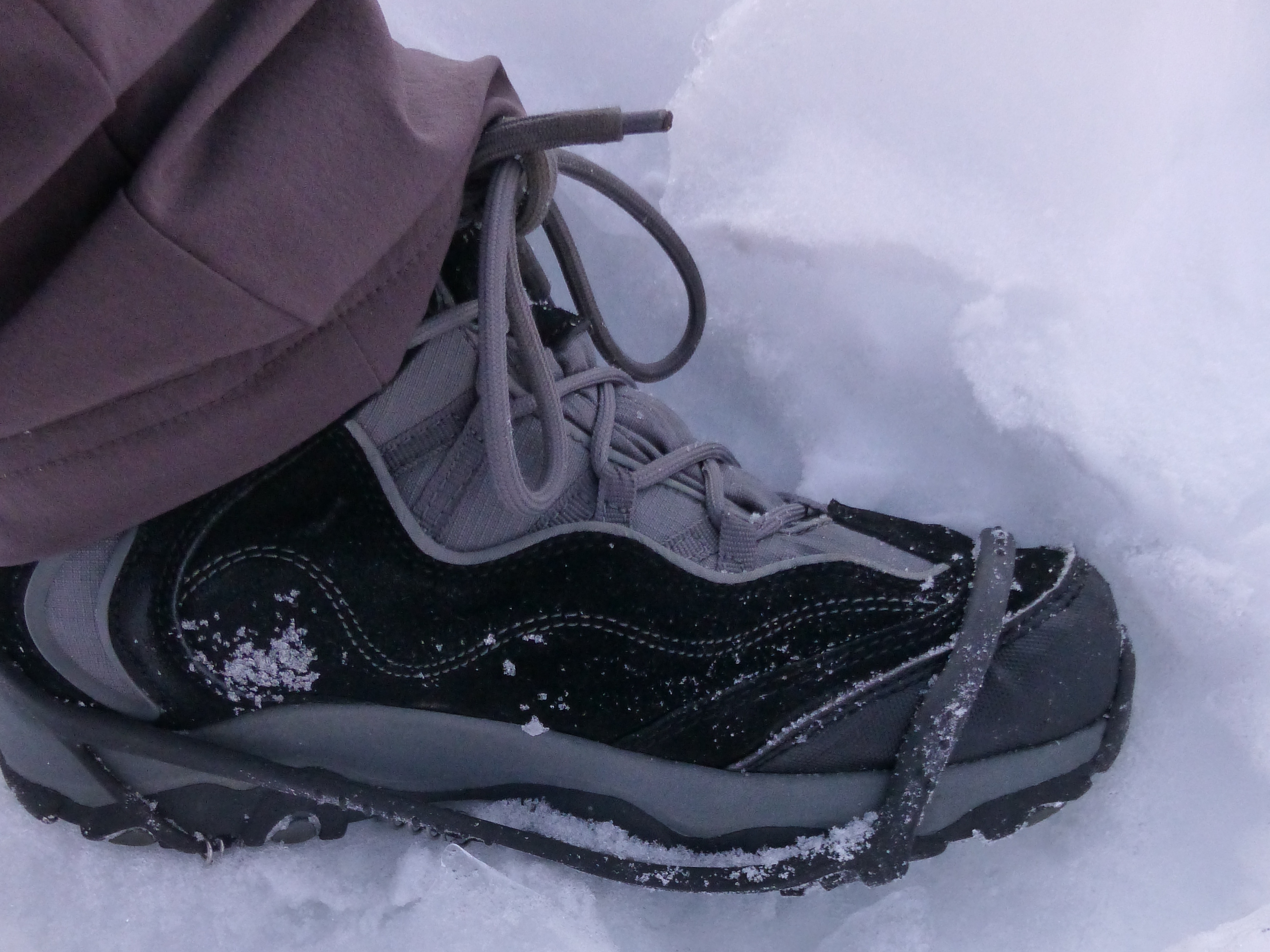
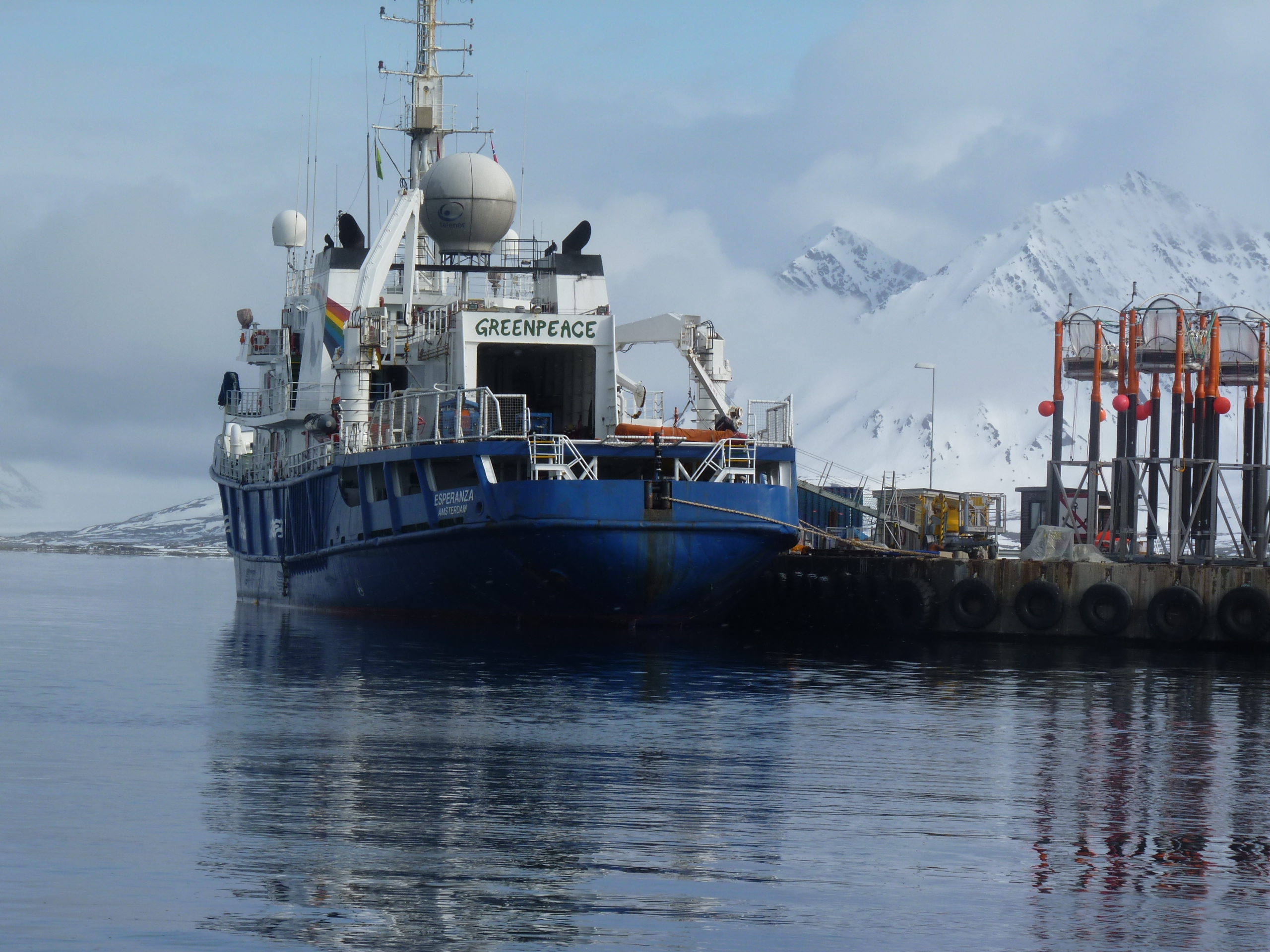
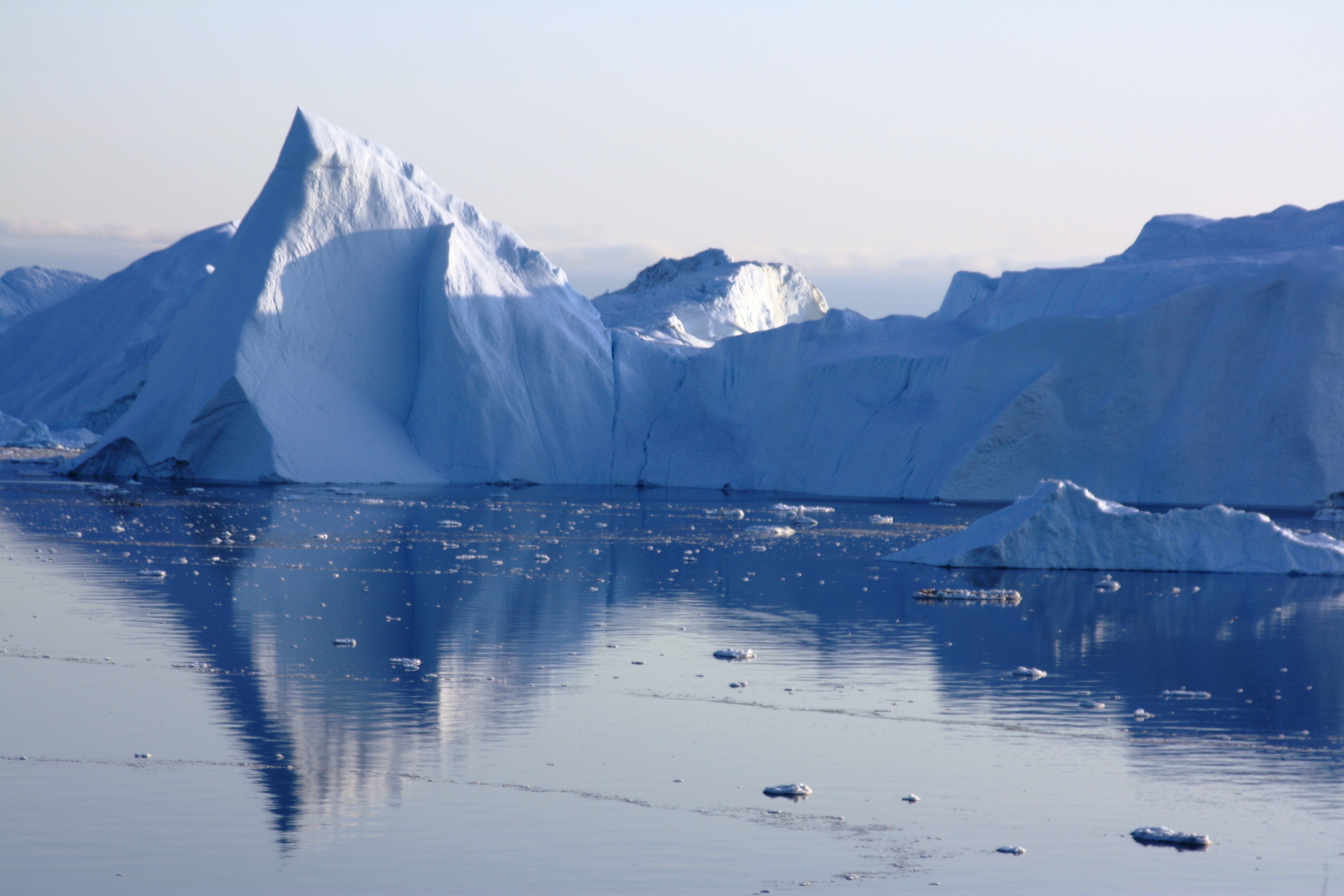
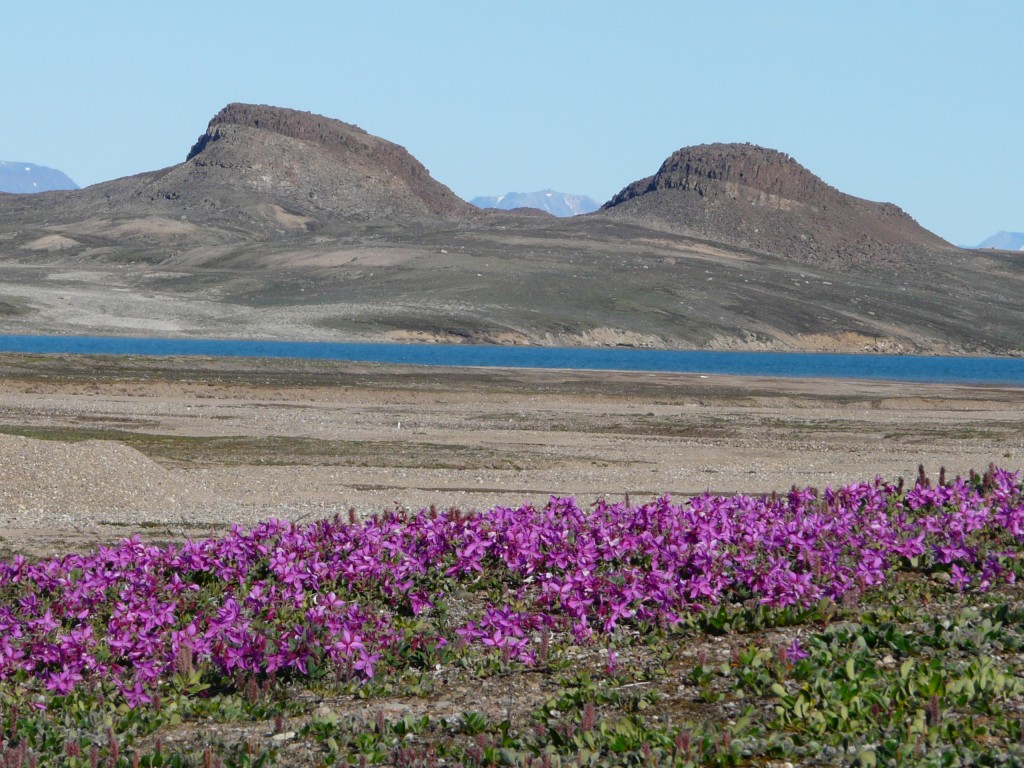
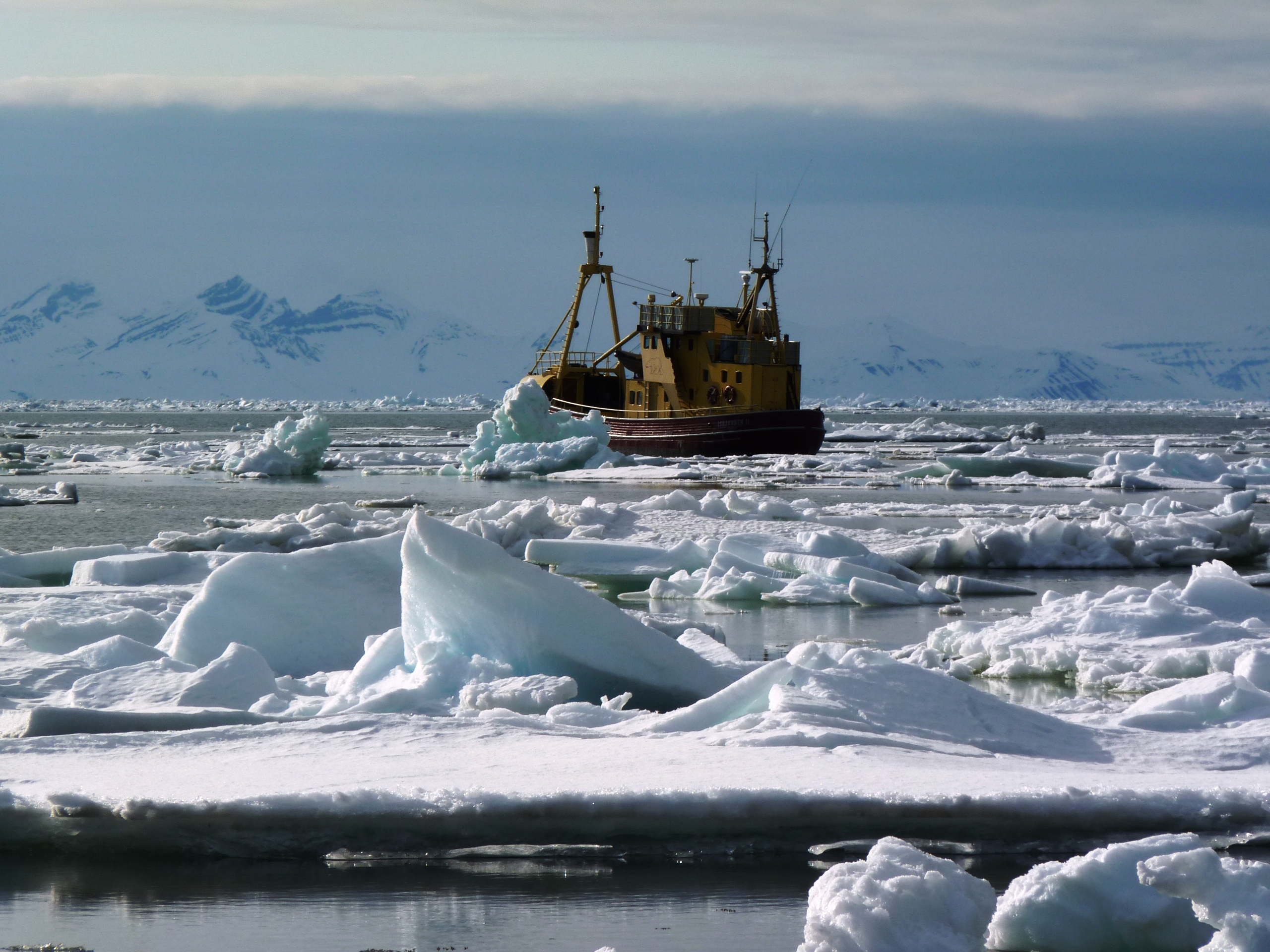
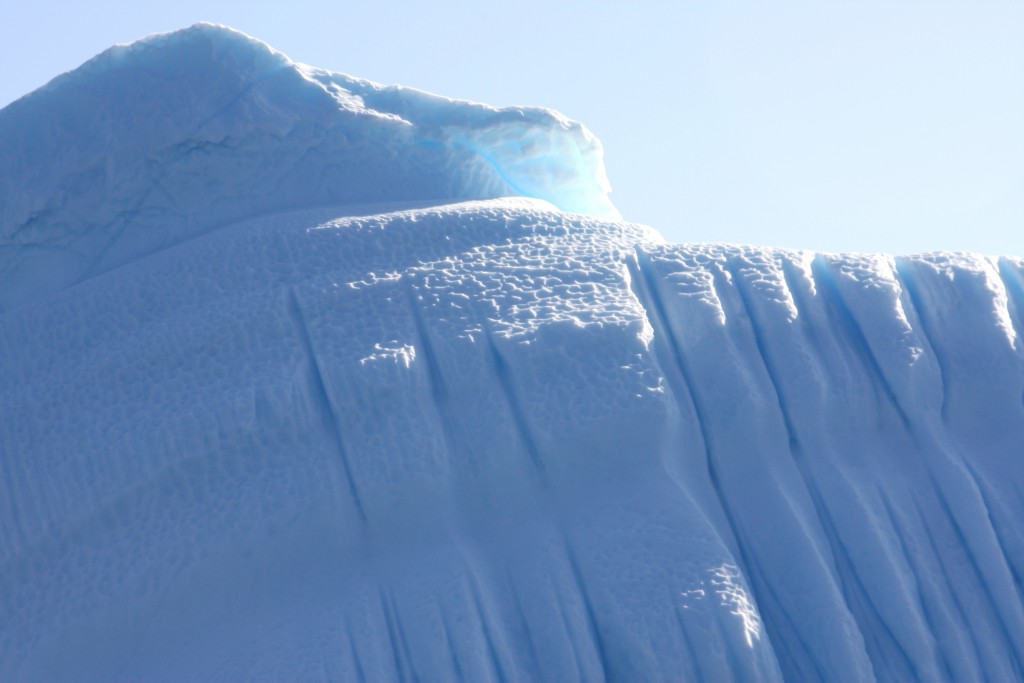

Feedback